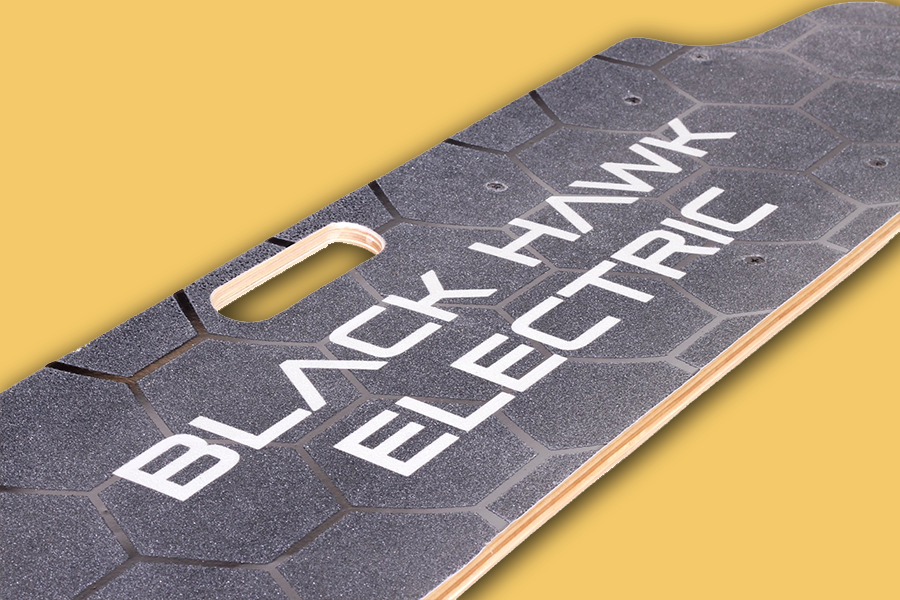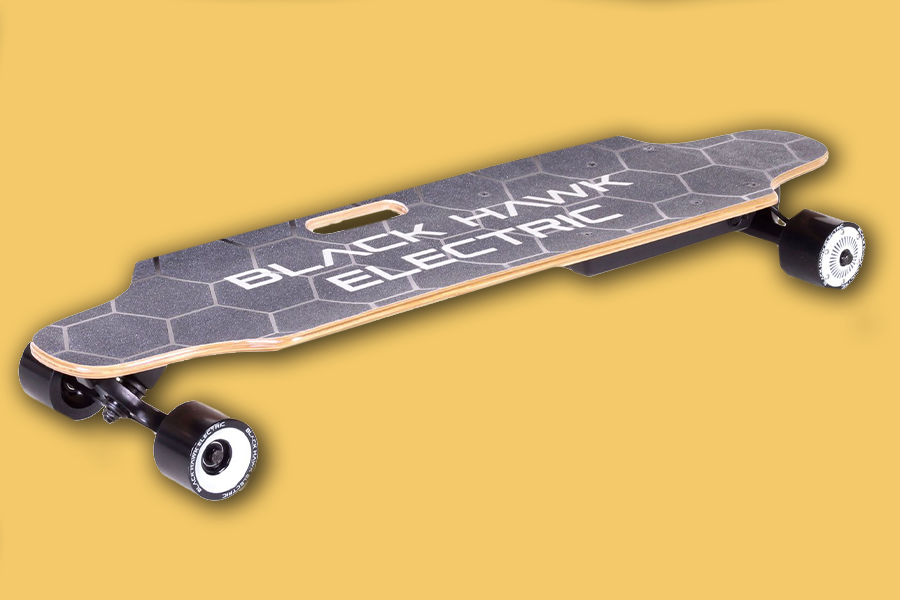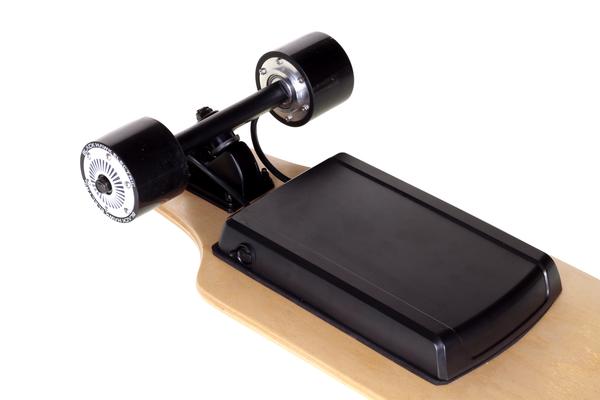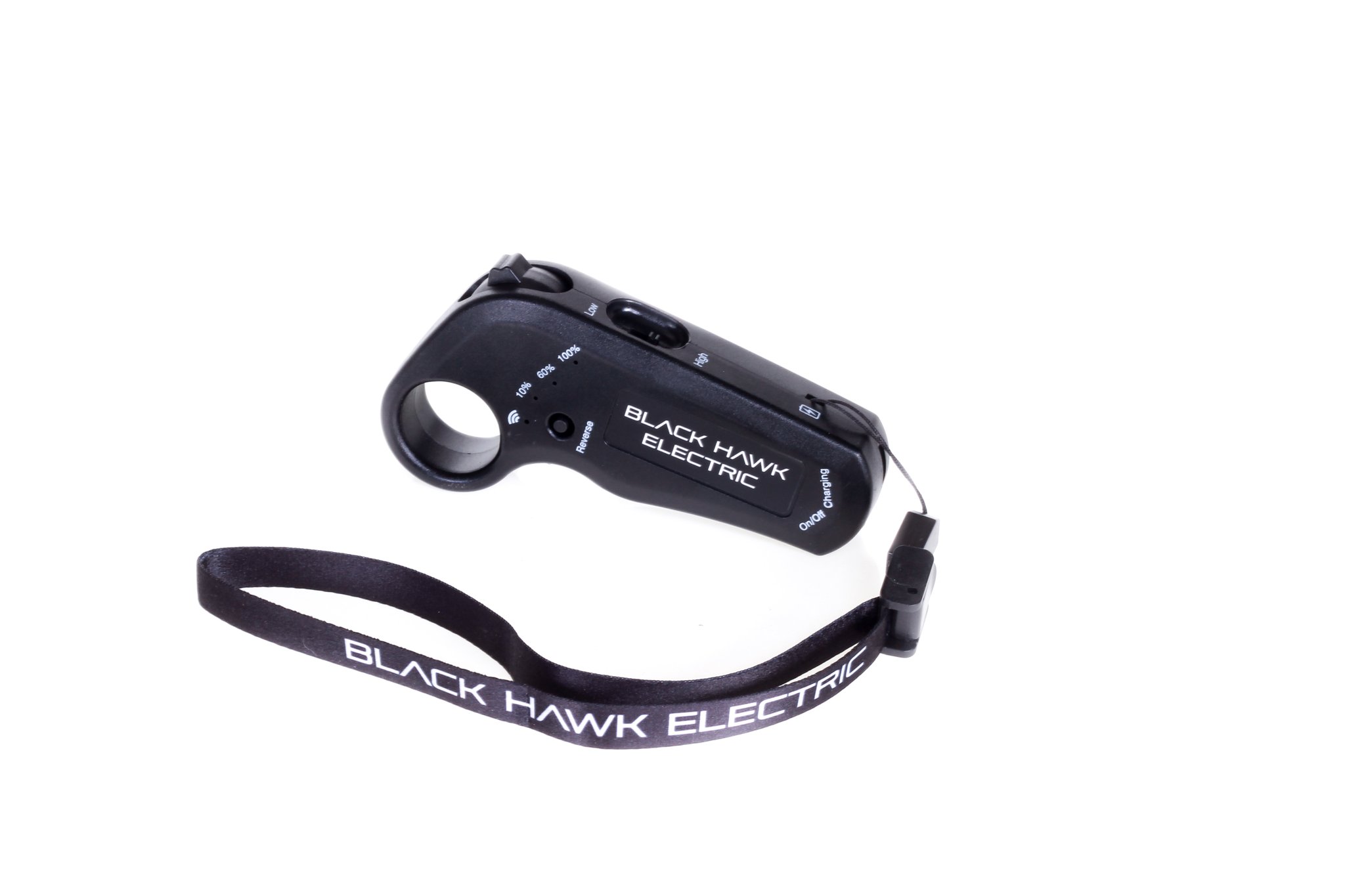Optus Mobile Review ALDI Mobile Review Amaysim Mobile Review Belong Mobile Review Circles.Life Review Vodafone Mobile Review Woolworths Mobile Review Felix Mobile Review Best iPhone Plans Best Family Mobile Plans Best Budget Smartphones Best Prepaid Plans Best SIM-Only Plans Best Plans For Kids And Teens Best Cheap Mobile Plans Telstra vs Optus Mobile Optus NBN Review Belong NBN Review Vodafone NBN Review Superloop NBN Review Aussie BB NBN Review iiNet NBN Review MyRepublic NBN Review TPG NBN Review Best NBN Satellite Plans Best NBN Alternatives Best NBN Providers Best Home Wireless Plans What is a Good NBN Speed? Test NBN Speed How to speed up your internet Optus vs Telstra Broadband ExpressVPN Review CyberGhost VPN Review NordVPN Review PureVPN Review Norton Secure VPN Review IPVanish VPN Review Windscribe VPN Review Hotspot Shield VPN Review Best cheap VPN services Best VPN for streaming Best VPNs for gaming What is a VPN? VPNs for ad-blocking But, I could spend another 5,000 words ranting about Sydney’s public transport. I’m here to tell you about a recent purchase that has saved me from that particular Hell: the Black Hawk Electric Street Series V3; an affordable, entry-level electric skateboard for those new to the game or those getting back on a board for the first time in a long time. As mentioned above, I’ve managed to replace my entire commute with a breezy ride to work amongst nature. I get a little more sun than usual and even a slight core workout. This won’t be an option for most, the Street Series V3 advertises a 15km range before the battery goes kaput but in my experience, it does about three-quarters of that before it starts to lose its oomph. The LG 4.4Ah 24V Lithium-Ion battery won’t last as long as more expensive boards, but it also won’t take as long to charge. A full charge takes roughly 3 hours from 0 to 100% and the included charger is compact enough to store in a backpack but maybe too big to carry on your person if you like to travel light. The Black Hawk Electric Street Series V3 advertises a modest hill gradient of 5%, whereas more expensive models, like the Evolve GT, claim to handle hills of up to 15% gradients. The 5% hill gradient climb seems fairly accurate but even slight hills are a struggle when the battery drops below 50% . This will be a different experience for everyone depending on your weight. I’m a slightly chunky boy at roughly 85kgs carrying a backpack with a Surface Book 2 which weighs roughly 2kgs itself. I’m more or less on the cusp of the board’s 90kg weight limit and while I don’t think I hit the advertised max speed of 20-25kms on a straight run, I’d come close. This design has its pros and cons. An exposed belt can be destroyed by the type of debris you’re likely to hit on the sidewalk; twigs, rocks and the like. In fact, one of my coworkers had that exact problem with their Evolve GT. Keeping the motor protected inside each wheel more or less eliminates that threat. There’s a small grill on each wheel but the opening isn’t big enough to allow anything too nasty in. It’s an incredibly innovative design and would be a deciding factor for some but there are a couple of issues with the design. Firstly, it means there are 12 additional screws on each wheel. My ride home can be a little bumpy at times and every couple of days, I’ll begin to notice a concerning rattle from the rear wheels where a few too many bumps has wiggled a screw loose. It’s not a big deal at when it happens – I’ll just tighten the screws when I get home. But I’m not always that diligent and at the time of writing, I’ve lost three screws at one point or another. The polyurethane rim on the rear wheels is also a little fragile. Thanks to the motor taking up the bulk of the back wheels, you don’t get the full poly body of the front wheels, but rather a thin wheel “skin” that’s only a few millimetres thick. My rear wheels are absolutely shredded after a few months of riding to and from work, making for a pretty rough ride. The positive side to this is that Black Hawk sells replacement wheel skins at a generous $19 a pop; a price I’m more than happy to pay to keep this board in good nick. All things considered, I’ve not been using the board exactly as intended. The V3 Street Series is more suited to smooth, freshly tarred roads, and footpaths without too many bumps. If you’re commute has a few bumps along the way, you might be better served with Black Hawk’s AT Series V3, the all-terrain variant of the Street Series with a thicker hide. I also had a small issue with the electrical components inside the board’s hub. After a short back and forth, and a few exchanged photos with Black Hawk’s customer service team, the issue was resolved without hesitation. The support team was responsive and really held my hand throughout the repair/replacement process. Admittedly, I had to loosen the trucks a little when I first received my V3 as shifting my weight was putting significant stress on the board’s Canadian Maple deck, resulting in a very creaky maiden voyage. A little tailoring to your personal needs is standard with any skateboard, electric or otherwise. The slower speed options might seem a little useless for experienced riders, but they are perfect for beginners taking their first battery-powered ride. Primo boards, like the Evolve GT line, have a slow speed that will still whip out from underneath people with limited experience. The Street Series V3 low speed mode has a smooth takeoff, and gets going with a few kicks – parents would be better served getting their kids accustomed to electric with the Street Series V3 than some of the pricier options on the market. Speaking of handling, Black Hawk’s cheaper selection, including the Street Series and more compact/cheaper Urban Series both have a handle cut out from the maple deck. This has been a godsend for journeys with multiple legs; from packed buses and trains to busy sidewalks, the handle is a simple feature that makes transporting the 6kg deck a comfortable experience. I’ve been left wondering why more decks don’t have this. There’s no downside to having the cutout as far as I can see. The positioning of the cutout would be better suited further towards the back, to account for the weight of the battery, but it’s still better than not having one at all.



